A walk from Glastonbury Tor to Wells Cathedral
Glastonbury Tor and Wells Cathedral have long gazed at each other across the historic Somerset Levels.

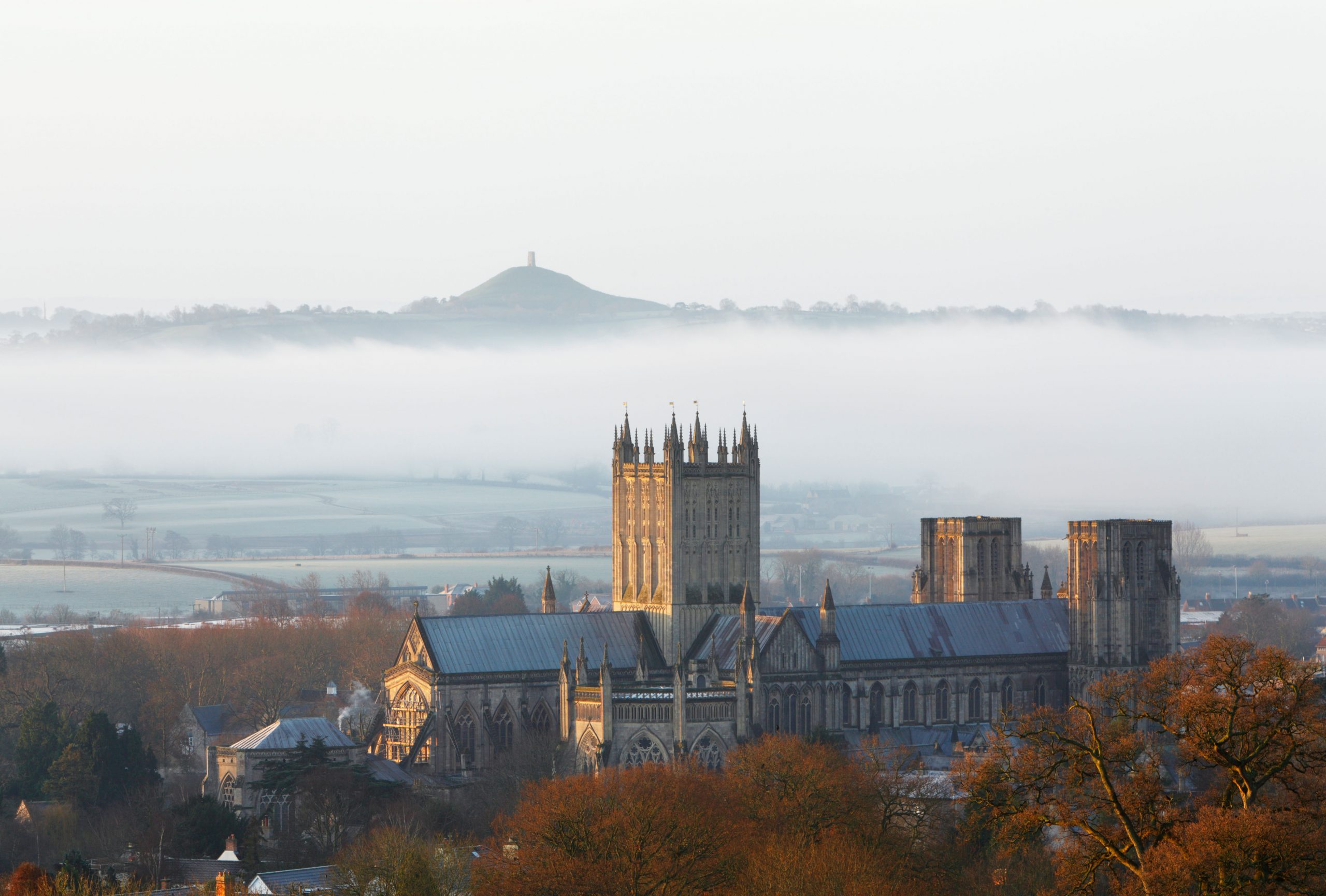
'The English landscape is the richest historical document we possess.’ So wrote W. G. Hoskins in the 1950s and so think I, having feasted on his book since I was a student. Wherever I go, I see our history written into the landscape.
Having got drenched in Cheddar Gorge in the spring, I’ve been looking for an excuse to return to the area and I found it when a proposal to restore Wells Cathedral’s 14th-century clock came before the Cathedrals Fabric Commission for England, which I chair. ‘Wells!’ I thought. I haven’t seen the cathedral in years and its setting is magical, so I dreamed up the idea of walking, with my black lab Ruskin for company, from Wells to Glastonbury Tor and back again, visiting two marvellous monuments of the past (Wells dated 1239; the Tor a place of pilgrimage for 10,000 years) that have long looked at each other across north and central Somerset’s verdant landscape.
I’m unlucky with the weather again, of course, and the clouds are low and grey when Ruskin and I circle the cathedral, nodding hello to the clock. We strike south, past the Bishop’s Palace to the Monarch’s Way, which follows Charles II’s escape route from Worcester to Sussex in 1651. My plan is to walk well south of Wells and approach the Tor from the east. My first glimpse of it is from a ready-to-harvest wheatfield I plough through just outside Wells — and it’s a long way away.
I follow the Monarch’s Way up and down wooded hills and fields until I cross the A361 and climb onto the ridge near the gloriously named Sticklinch. Here, I find Cottles Lane, which carries me due west to a hill above the village of West Pennard. There’s a superb view of the Tor from here, closer now, and a large herd of dairy cows grazing peaceably in the valley bottom. The only thing that spooks Ruskin is cattle, but we cross the field carefully and are soon through the village and heading past East Street Farm towards the Tor. Another half hour and we’re scrambling up its steep east flank to join the visitors milling on the top. Twelve miles of hard walking and we’re bushed — but we still have to walk back! The views are amazing, despite the low cloud, and we look back towards Wells across Queen’s Sedge Moor, our more direct route back.
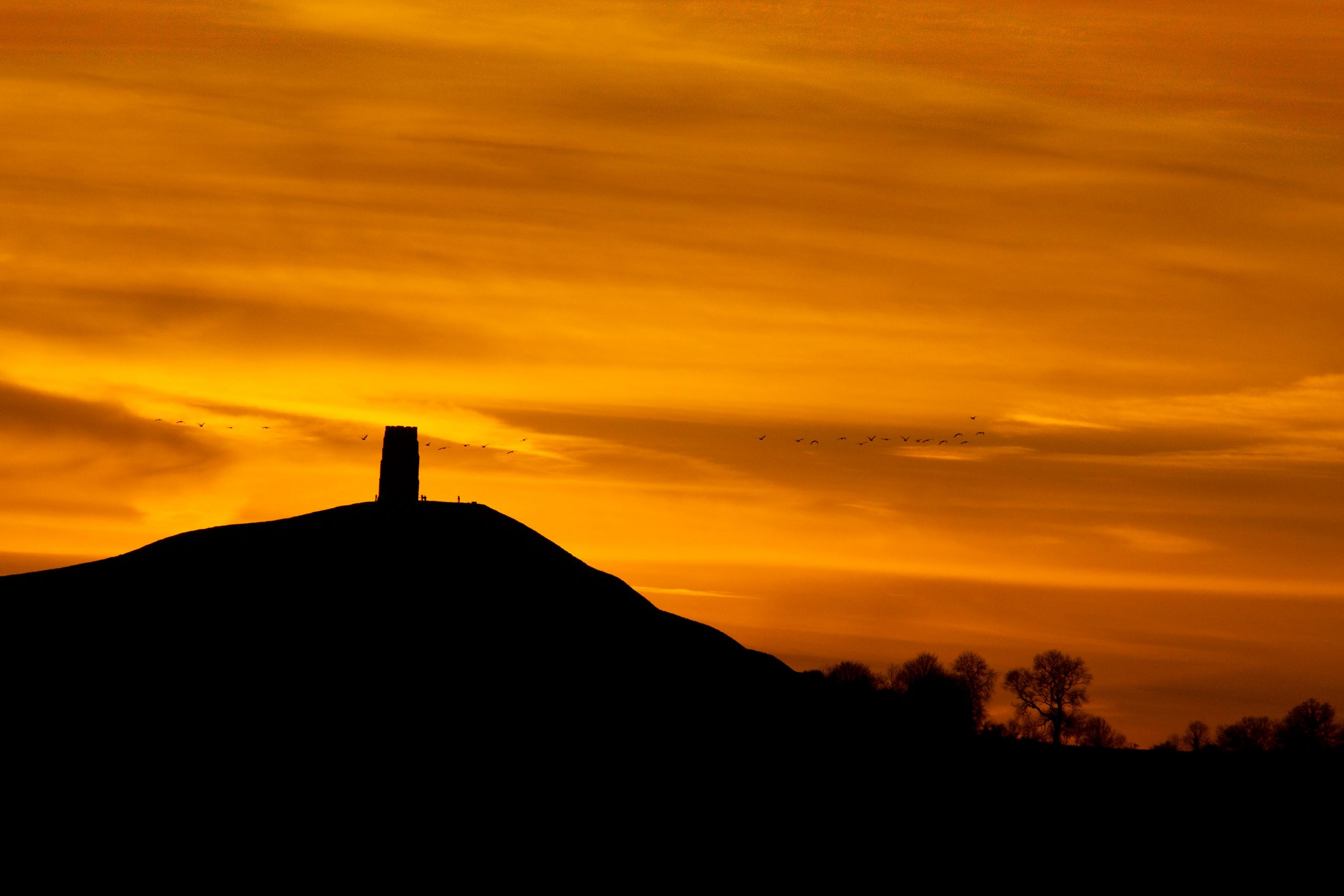
We descend the Tor westward and, avoiding Glastonbury’s busy centre, follow a series of pretty lanes among lush orchards where apples are ripening fast. We can’t avoid the A39 towards Wells entirely, but thankfully turn off soon, onto the Launcherley road, to find ourselves on an immensely long, straight road running right across the levels. Bounded on either side by water-filled rhynes (Somerset’s word for a drainage ditch), serenaded by swifts and surveyed by beef cattle knee deep in grass, Long Drove eventually bends towards Wells. We pick up the Monarch’s Way again for the last leg and as we arrive the sun starts to peep out from behind the clouds.
Finished, with 20 miles under our belts, we have earned a final treat. We go to Ebbor Gorge, the least well known of the Cheddar/Wookey Hole landmarks, where an archaeologist friend is leading a dig in one of the last unexplored caves. She shows me her treasures, including the skull of a woolly rhino that has been chewed by hyena and a collection of terrifying, tooth-filled jawbones — red fox, reindeer and wild cat — from the interglacial periods between 14,500BC and 10,000BC. I’m enthralled: it’s another step back in time, to when early humans and wild creatures coexisted and when our human grip on the landscape was tentative indeed.
Fiona Reynolds is the author of ‘The Fight for Beauty’ and chair of the Royal Agricultural University governing council.
Exquisite houses, the beauty of Nature, and how to get the most from your life, straight to your inbox.
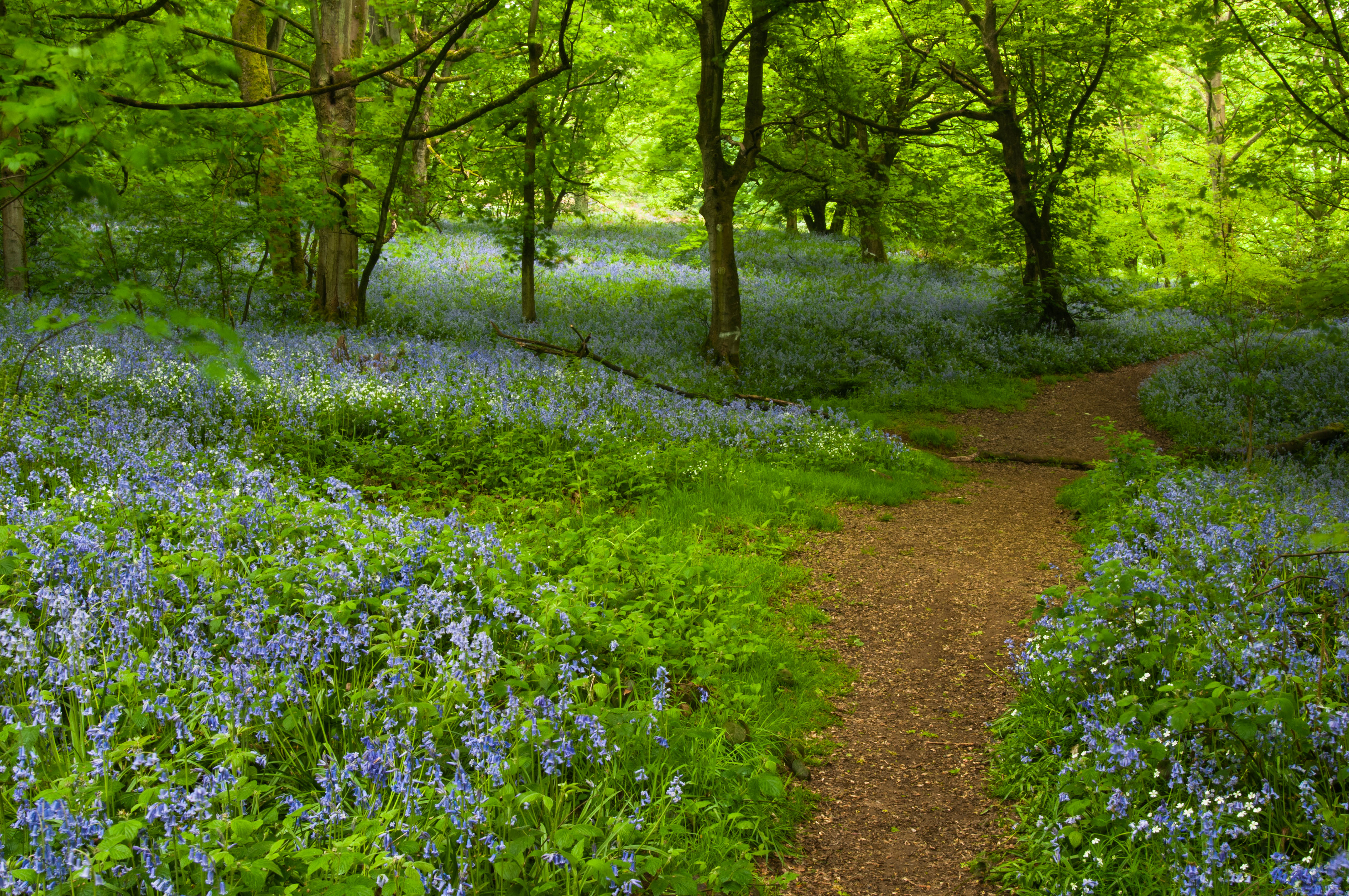
A walk through Badley Woods: 'My memory, is on fire, and I wander through the woods looking for places half-remembered, but intensely felt'
A return to scenes from a carefree childhood rekindles happy memories for Fiona Reynolds.
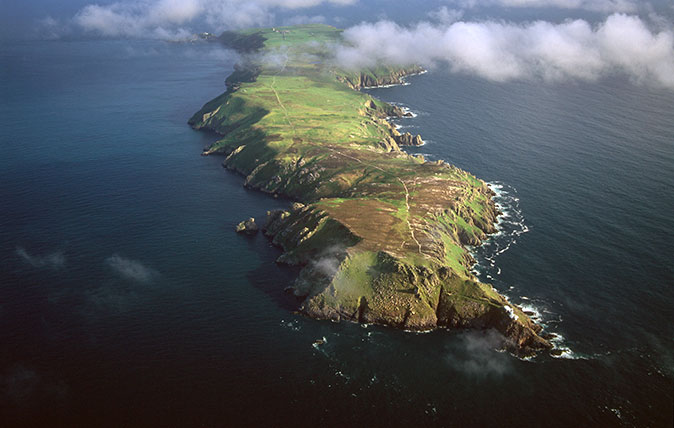
Credit: robertharding / Alamy Stock Photo
Lundy Island: The joys of a good walk, inspiring beauty and no phone signal
Fiona Reynolds was left refreshed and exhilarated after a trip to Lundy Island.
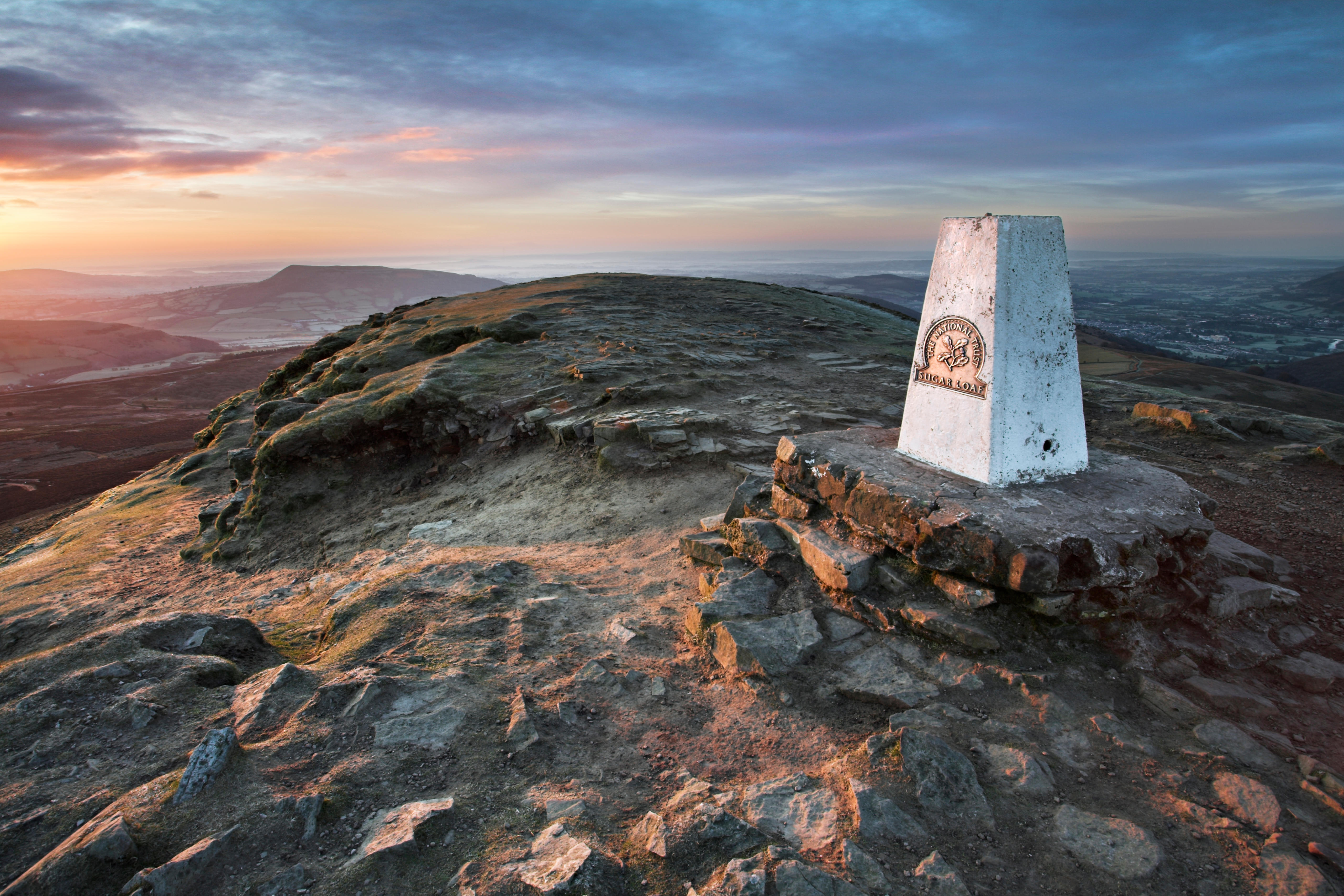
Climbing the Sugar Loaf, the irresistibly perfect mountain in a ‘wild and lovely’ setting
The Sugar Loaf in Wales’s Black Mountains is a satisfying little peak to conquer, as Fiona Reynolds explains.
Fiona Reynolds is chair of the Food, Farming and Countryside Commission, the former director-general of the National Trust, former Master of Emmanuel College, Cambridge, and the author of The Fight for Beauty. Follow her on Twitter @fionacreynolds.
